Entering into US session, Dollar is trading as the strongest one for today, as lifted by US-Mexico deal on migration. Trump revealed today that a part of the agreement will need a “vote by Mexico’s legislative body”. He then threatens Mexican lawmakers that “we do not anticipate a problem with the vote but, if for any reason the approval is not forthcoming, tariffs will be reinstated.” But in any case, tariffs threats are averted for now.
Saying in the currency markets, Canadian Dollar is the second strongest one. There is, for now, little case for BoC to cut interest rate and the next move is still more likely a hike. The question is just timing. Euro is the third strongest. On the other hand, New Zealand and Australian Dollar are among the weakest after China May imports contracted by most since July 2016. Sterling is the second weakest as UK GDP contracted -0.4% mom, in April, with steep deterioration in manufacturing.
In other markets, currently
- DOW future is up 131 pts,
- Hold is down -1%
- WTI oil is up 0.37%.
In Europe:
- FTSE is up 0.52%.
- DAX is up 0.77%.
- CAC is up 0.27%.
- German 10-yer yield is up 0.034 at -0.220.
Earlier in Asia:
- Nikkei rose 1.20%.
- Hong Kong HSI rose 2.27%.
- China Shanghai SSE rose 0.86%.
- Singapore Strait Times rose 0.69%.
- Japan 10-year JGB yield dropped -0.005 to -0.121.




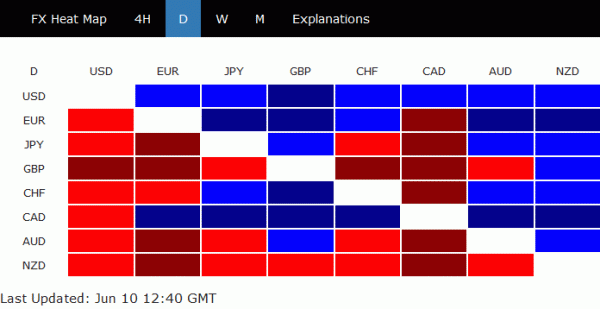
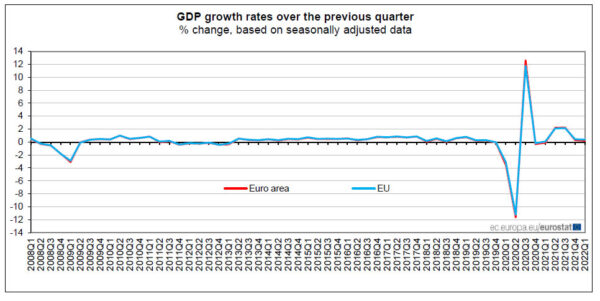
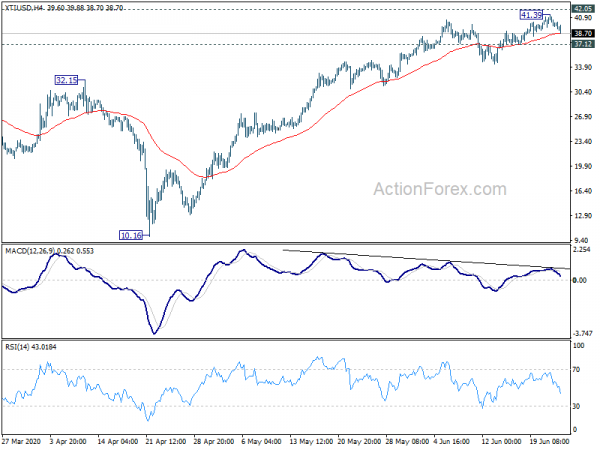
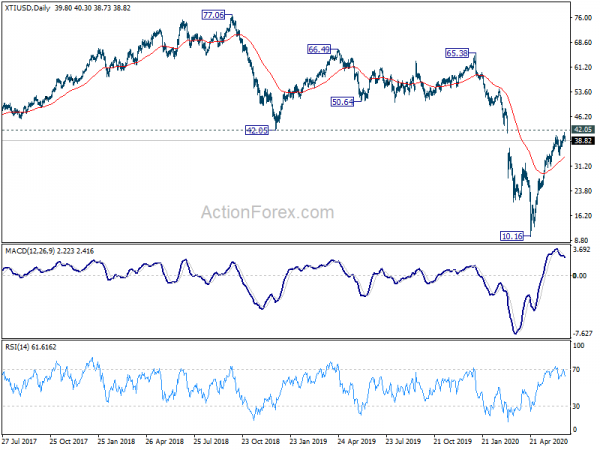
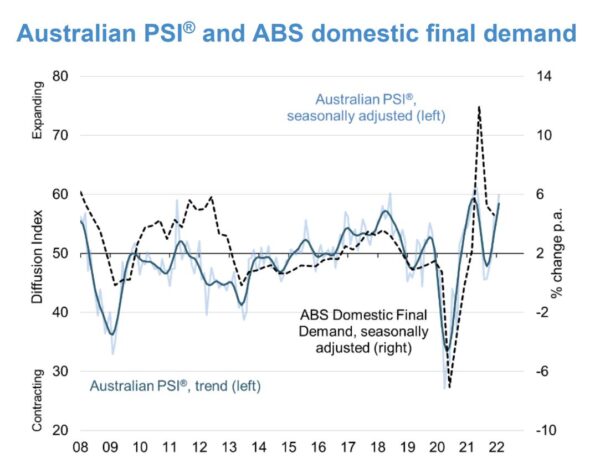
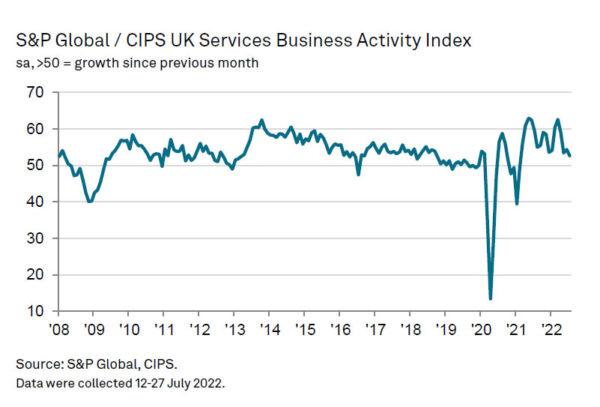
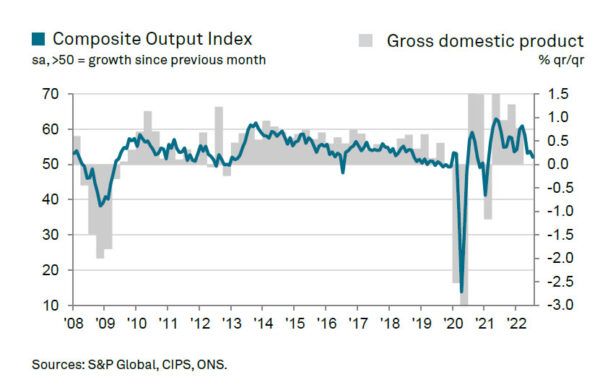
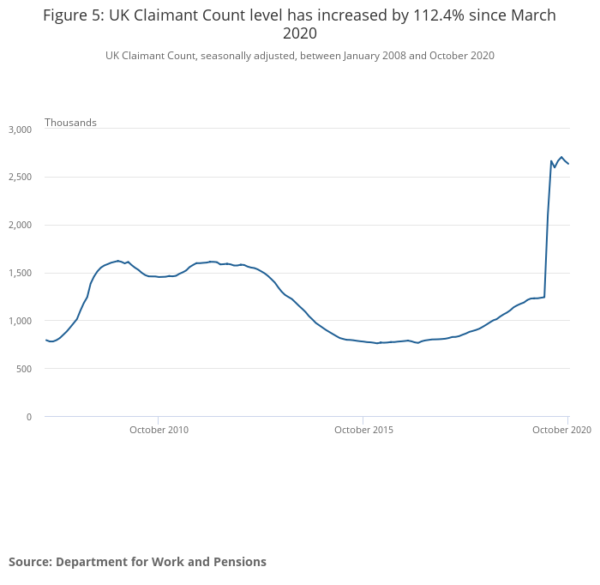
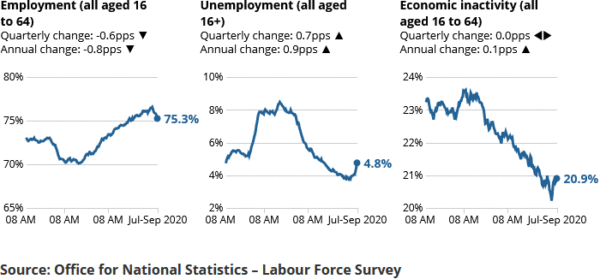
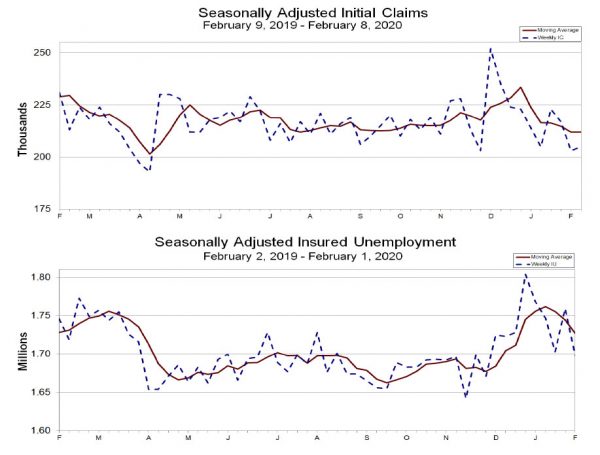
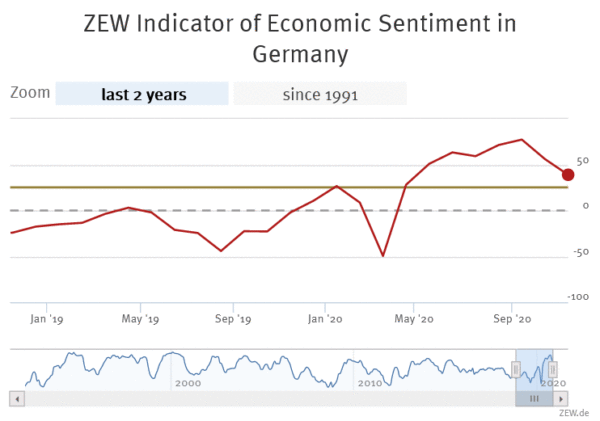
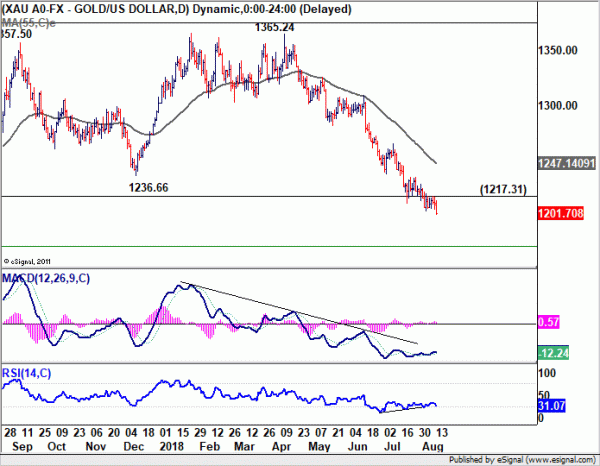
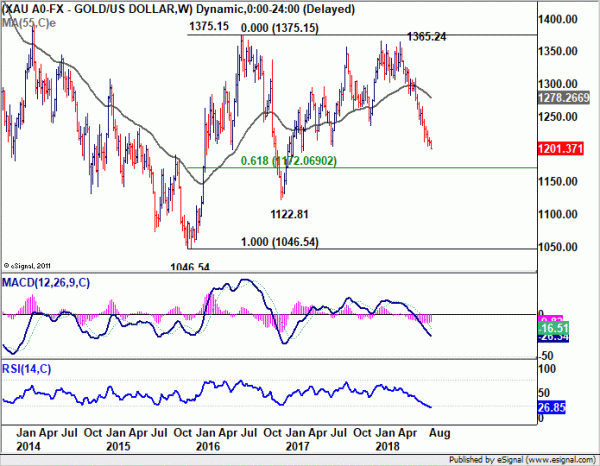
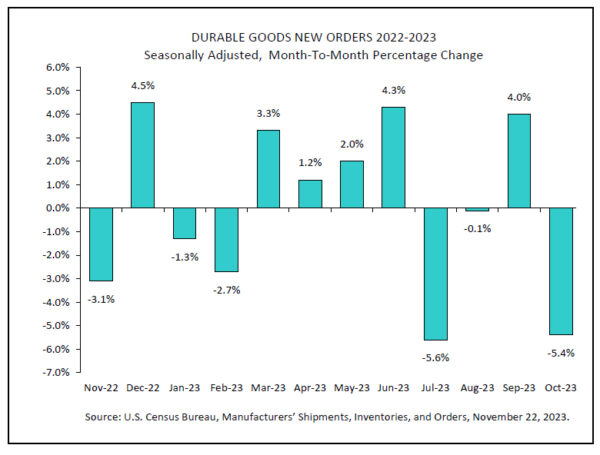
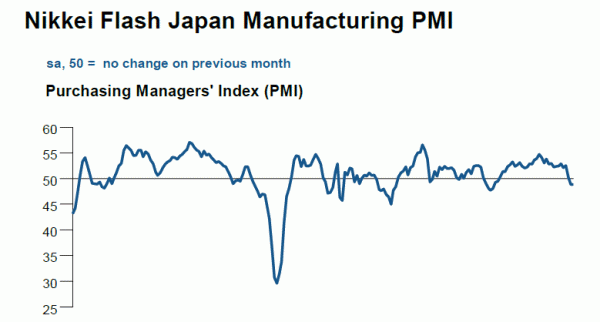

China Caixin PMI composite rose to 47.6, March rebound not sustainable
China’s Caixin PMI Services rose to 44.4 in April, up from March’s 43.0. PMI Composite rose to 47.6, up from 46.7. Both stayed in contraction region.
Zhengsheng Zhong, Chairman and Chief Economist at CEBM Group said, “domestic services activity remained under notable pressure amid the coronavirus pandemic”. New export orders shrank at a steeper rate in April than in February, “indicating that the March rebound in exports was not sustainable”. “The second shockwave for China’s economy brought about by shrinking overseas demand should not be underestimated in the second quarter”
Also from China, in April, in USD terms, exports rose 3.5% yoy while imports dropped -14.2% yoy. Trade surplus widened to USD 45.3B.